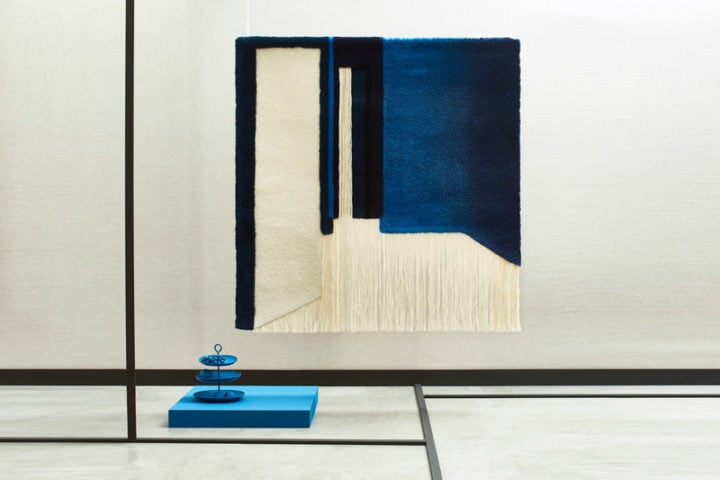


The designer suggested that, as 3D-printing technologies become more readily accessible, people could buy this filament and use to print garments that are uniquely tailored to their own body shape. Kamei developed a custom 3D-printing filament to produce this material.

The technology was inspired by water-diving insects that survive underwater by way of a thin layer of trapped air on the surface of their superhydrophobic skin, which functions in the same manner as a gas-exchanging gill. The device doesn't currently produce enough oxygen to sustain human breathing, but it is able to successfully extract oxygen from water, and release carbon dioxide back in The microscopic pores in the material allow air to pass through, but stop any water from penetrating it. The gill accessory is 3D-printed from a microporous hydrophobic material, which supports subaquatic breathing by extracting oxygen from the surrounding water and dissipating the carbon dioxide that accumulates in the system. It is hollow inside and contains air, which can be breathed in and out via the mask, connected to the gill by a tube. RCA graduate Jun Kamei has built a working prototype of AmphibioĪ white device that is positioned around the neck and chest functions as the gill.


 0 kommentar(er)
0 kommentar(er)
